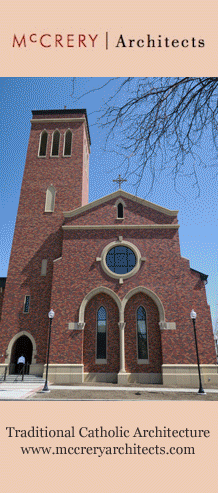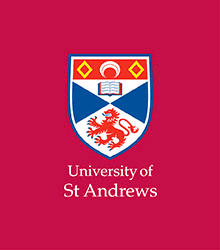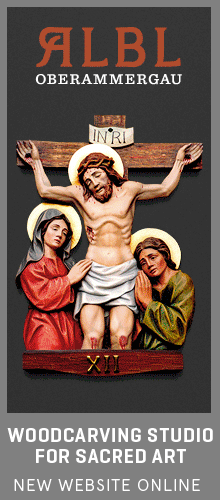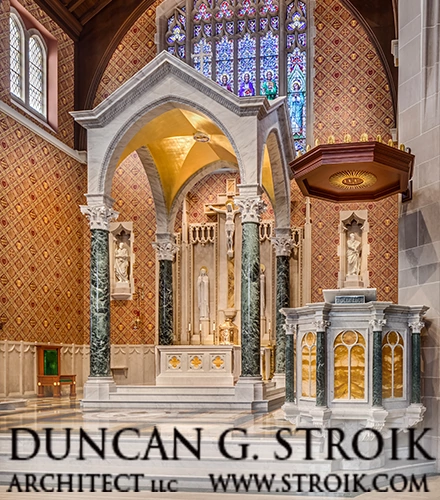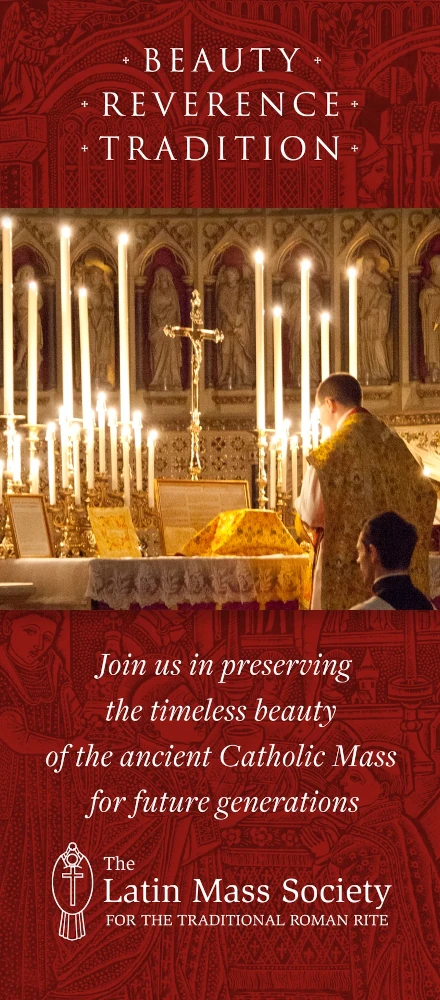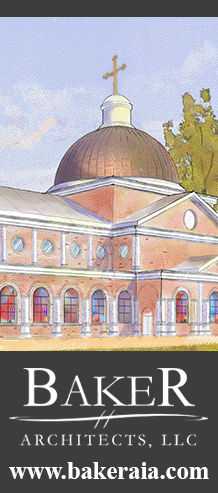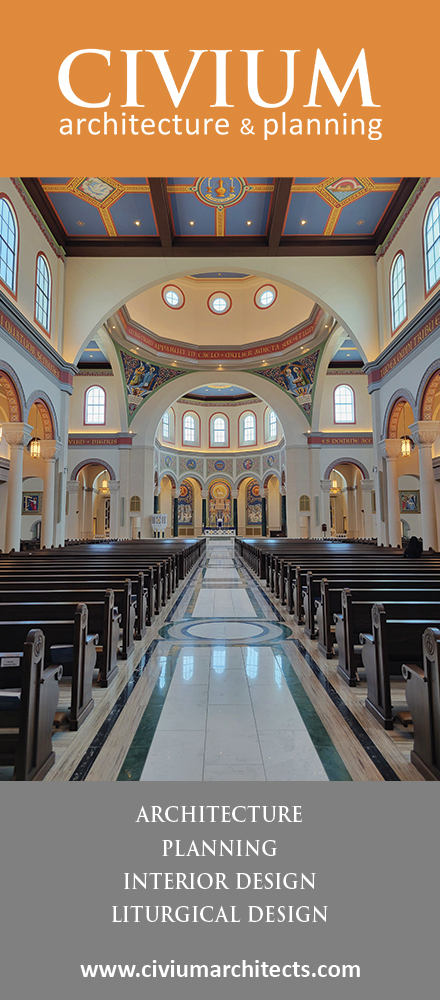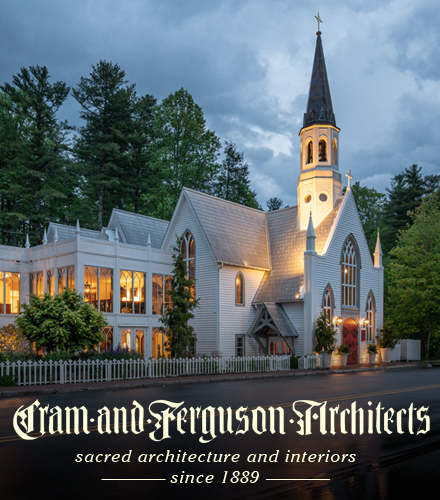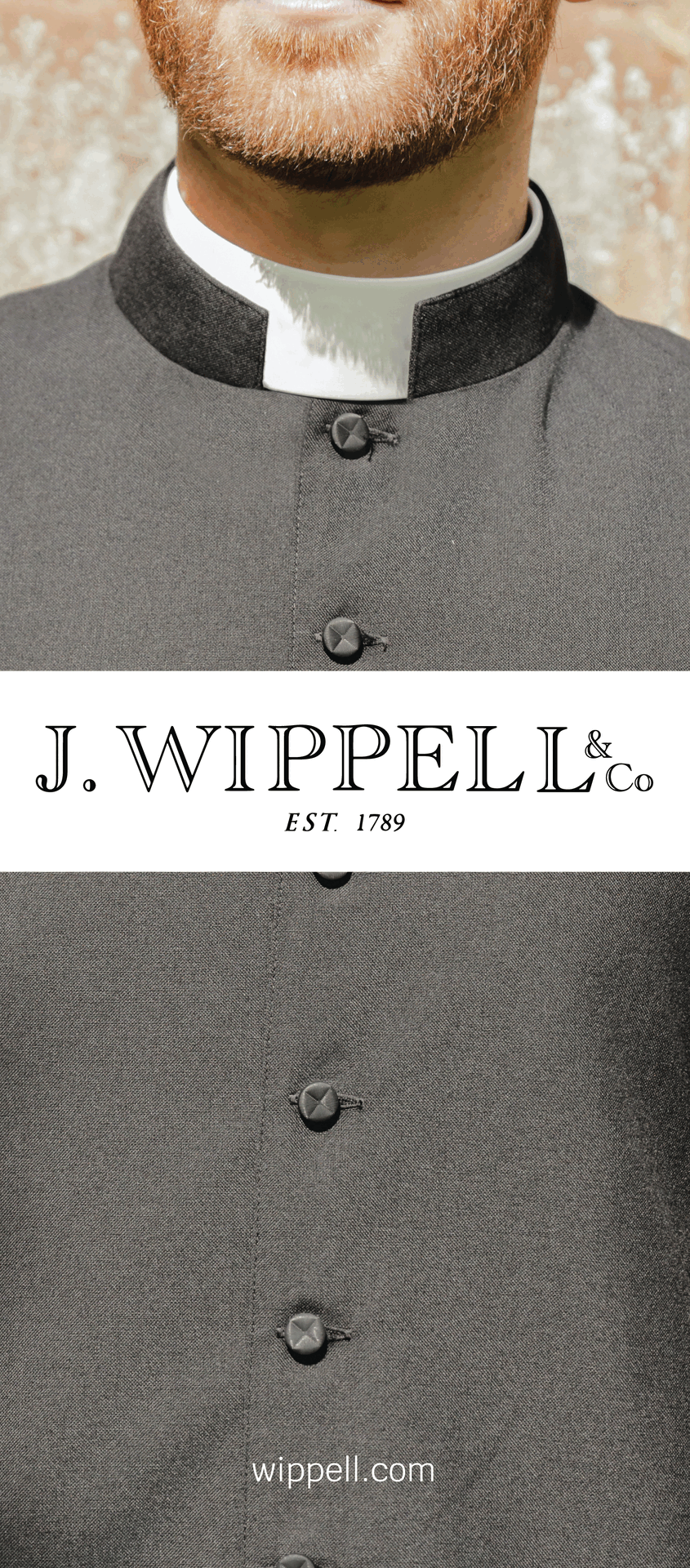On November 17th at the Basilica of the National Shrine of the Immaculate Conception in the United States, a Missa Cantata in the ancient form was held in the Lourdres Grotto chapel.
A report and some photos comes through Dignare Me Laudare Te, Virgo Sacrata:
"On 17 November 2007, the first Missa Cantata since the promulgation of the Novus Ordo Missae was held in the Basilica of the National Shrine of the Immaculate Conception in Washington, DC. The Mass was offered by Father Daniel D'Alliessi of the Archdiocese of New York in the Our Lady of Lourdes Chapel in the Crypt Level of the Basilica. Fr. D'Alliessi used the propers of the Votive Mass of the Blessed Virgin Mary (Salve sancta parens).
"A four-man schola consisting of men from the Washington, DC area chanted during the Mass. The Lourdes chapel was filled to capacity (about 50 people)."
[...]
"The Basilica has designated the Lourdes chapel as the one set aside for the Traditional Latin Mass (or the "Extraordinary" Use). It was one of the first built in the building, so it is ideal for the TLM. The staff recently obtained the proper vestments (Father D'Alliessi is wearing one of their chasubles), and they have everything else needed for this sort of Mass."
Tuesday, December 04, 2007
Missa Cantata at the American National Shrine of the Immaculate Conception
Shawn TribeMore recent articles:
My Interview on Holy Week with Christopher Jasper on Pipes with AugustineGregory DiPippo
A few days ago, I gave an interview to Mr Christopher Jasper, the founder and director of the online Gregorian Chant Academy. The main subject of our interview is the various reforms of Holy Week, but we touched several related issues as well, such as the mindset of the whole project of liturgical reform in the 20th century. I make bold to suggest ...
The Offertory Incensation, Part IMichael P. Foley
Lost in Translation #122After preparing and offering the gifts and himself, the priest blesses the incense. As he places three spoonfuls of incense onto a live coal, he says: Per intercessiónem beáti Michaélis Archángeli, stantis a dextris altáris incénsi, et ómnium electórum suórum, incénsum istud dignétur Dóminus benedícere, et in odórem suavit...
Music for Lent: The Media VitaGregory DiPippo
The hour of Compline is far more variable in the Dominican Office than in the Roman, often changing the antiphon of the psalms, the hymn, and the antiphon of the Nunc dimittis. This was true of most medieval Uses, and especialy in Lent, a season in which the Dominican Use brings forth some its best treasures. The most famous of these is certainly ...
Tenebrae: The Church’s “Office of the Dead” for Christ Crucified Jennifer Donelson-Nowicka
The Catholic Institute of Sacred Music cordially invites you to the final event of its 2024–2025 Public Lecture and Concert Series.Tenebrae: The Church’s “Office of the Dead” for Christ CrucifiedLecture by James Monti (Dunwoodie, New York)Saturday, April 12, 10:00 a.m. PDT (1 p.m. EDT)From at least as far back as the sixth century, the Church has b...
The Twentieth Anniversary of the Death of Pope St John Paul IIGregory DiPippo
Today marks the twentieth anniversary of the death of Pope St John Paul II, whose reign of almost 26½ years is the third longest in history, after those of St Peter (traditionally said to be 32 years, one less than Our Lord’s earthy life), and Blessed Pius IX (31 years and nearly 8 months.) In the days leading up to his funeral, roughly 4 million p...
On the Sanctification of TimePeter Kwasniewski
In “Processing through the Courts of the Great King,” I spoke of how the many courtyards and chambers of the King’s palace prior to his throne room, or the many precincts and rooms of the Temple leading up to the Holy of Holies, could be a metaphor of a healthy Catholic spiritual life that culminates in the Holy Sacrifice of the Mass, but surrounds...
“Now About the Midst of the Feast” - Christ the Teacher in the Liturgy of LentGregory DiPippo
Today’s Gospel in the Roman Rite, John 7, 14-31, begins with the words “Now about the midst of the feast”, referring to the feast of Tabernacles, which St John had previously mentioned in verse 2 of the same chapter. And indeed, the whole of this chapter is set within the context of this feast.The Expulsion of the Money-Changers from the Temple, th...
The Apple of Her EyeDavid Clayton
“The Lord God planted a garden in Eden, which is in the east, and there he put the man he had fashioned. From the soil, the Lord God caused to grow every kind of tree, enticing to look at and good to eat, with the tree of life in the middle of the garden, and the tree of the knowledge of good and evil.” (Gen. 2, 8-9) This 17th century painting...
The Exposition of the Holy Lance at St Peter’s BasilicaGregory DiPippo
The YouTube channel of EWTN recently published a video about the exposition of the Holy Lance at St Peter’s basilica on the first Saturday of Lent. This was formerly done on the Ember Friday, which was long kept as the feast of the Holy Lance and Nails, but since this feast is no longer observed, the exposition of the relic has been transferred to ...
The Feast and Sunday of St John ClimacusGregory DiPippo
In the Byzantine liturgy, each of the Sundays of Lent has a special commemoration attached to it. The first Sunday is known as the Sunday of Orthodoxy, because it commemorates the defeat of iconoclasm and the restoration of the orthodox belief in the use of icons; many churches have a procession in which the clergy and faithful carry the icons, as...


